 |
 ความคิดเห็นที่ 254
ความคิดเห็นที่ 254 |

เติมให้กระทู้สมบูรณ์ครับ
เพิ่งไปค้นเจอะข่าว เพิ่งลงวันนี้ว่า
Morris R. Jeppson 1 ใน สอง ทหารที่ทำการทิ้งระเบิดที่ฮิโรชิมา
เสียชีวิตในวัย 87 ปี เมื่อวันที่ 30 มีนาคม นี่เองที่ Las Vegas
Home /Globe /Obituaries Morris R. Jeppson, at 87; armed Hiroshima A-bomb
MORRIS R. JEPPSON
By Emma Brown
Washington Post / April 8, 2010
WASHINGTON Morris R. Jeppson, 87, one of two weaponeers who armed the atomic bomb dropped on Hiroshima in 1945, prompting the surrender of Japanese troops and the end of World War II, died March 30 at a hospital in Las Vegas. His family could not provide a specific cause of death but said he had been hospitalized for back pain and a severe headache.
Known as Dick, Mr. Jeppson was a 23-year-old US Army Air Forces second lieutenant when he boarded the Enola Gay, a B-29, for what would be his first and only combat mission.
It was the wee hours of the morning on Aug. 6, 1945, and Little Boy, the bomb that would introduce the world to nuclear warfare, lay in the planes belly in safe mode. It had to be armed in flight to avoid accidental detonation during takeoff.
At 2:45 a.m., the Enola Gay and its cargo took off from Tinian Island in the Pacific and headed for Hiroshima, 1,800 miles and six hours away.
Lieutenant Jeppson, the weapons test officer, and his boss, Navy Captain William S. Parsons, climbed into the airplanes bomb bay to ready Little Boy for discharge.
Parsons was responsible for installing the charge that would be fired into the weapons uranium core, setting off a nuclear explosion. Mr. Jeppson armed the bombs electrical system, pulling out three green safety plugs and replacing them with red firing plugs.
Nobody but the two weaponeers knows for sure who was last to touch the warhead. Reference books and historical accounts differ.
But Mr. Jeppson probably put the last thing into the bomb that made it hot, said Dik Daso, curator of modern military aircraft at the Smithsonians National Air and Space Museum.
The pair finished their work within 30 minutes after takeoff. Then they climbed into the pressurized cabin and waited another 5 1/2 hours before the plane jerked upward, signaling that Little Boy had been dropped.
The flash came 43 seconds later, sending an enormous mushroom cloud into the sky and killing and wounding more than 100,000 people. No joy at that point, Mr. Jeppson told Time magazine in 2005. But it was a job that was done.
The Enola Gay returned to Tinian, where her crew of 12 received a heros welcome. Eight days later, after an atomic bomb was dropped on Nagasaki, the Japanese agreed to surrender. A formal document of surrender was signed Sept. 2.
Mr. Jeppson received the Silver Star and went on to a civilian career in electronics and applied radiation. He maintained that he had no regrets about the bombing.
Morris Richard Jeppson was born in Logan, Utah.
Of the nine flight crewmembers and three scientists who flew to Hiroshima in the Enola Gay, only one now survives: Theodore Van Kirk, the aircrafts navigator.
© Copyright 2010 Globe Newspaper Company.
| จากคุณ |
:
bbiggy   
|
| เขียนเมื่อ |
:
8 เม.ย. 53 15:21:37
|
|
|
|
 |
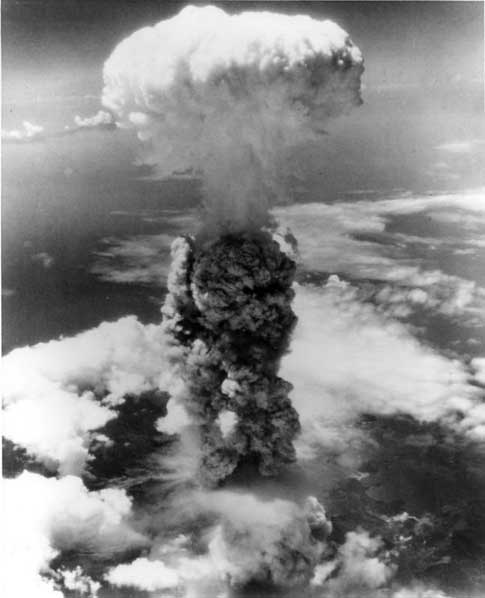



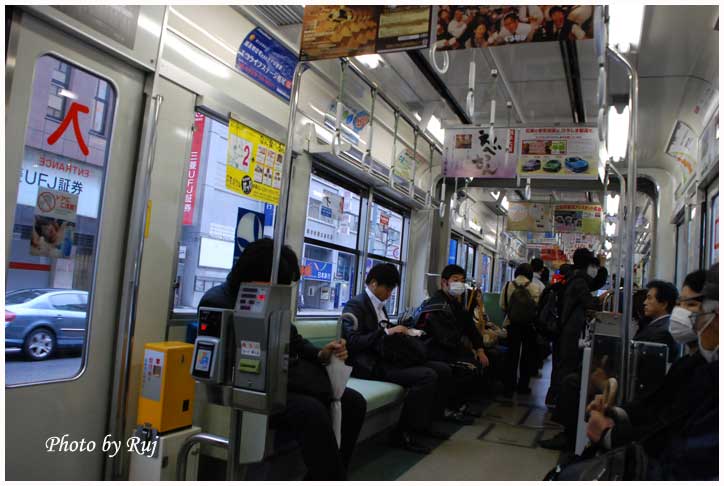

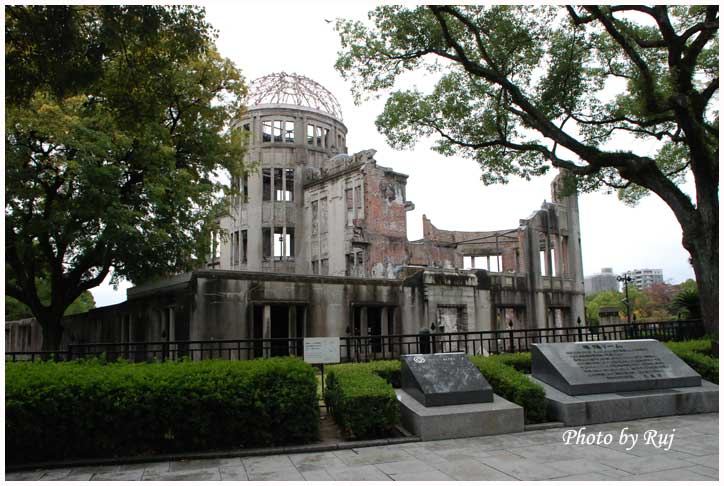
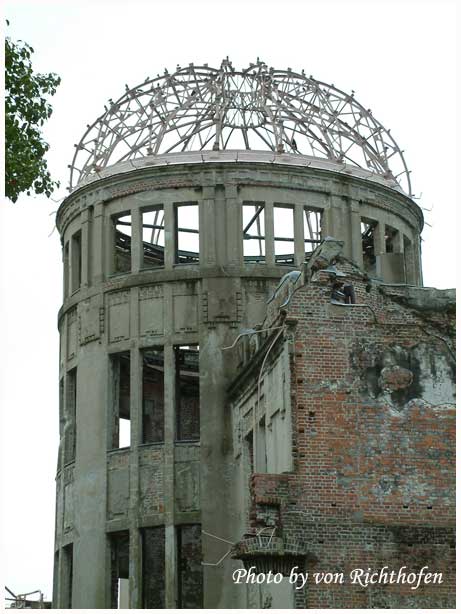

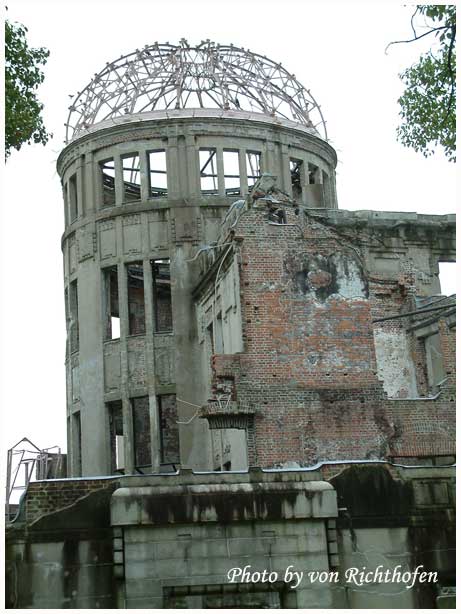
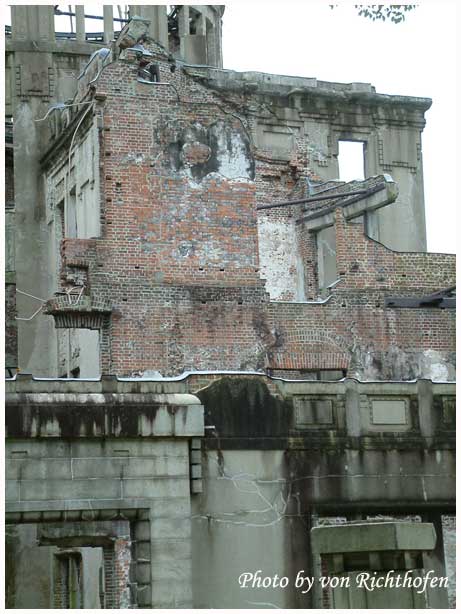


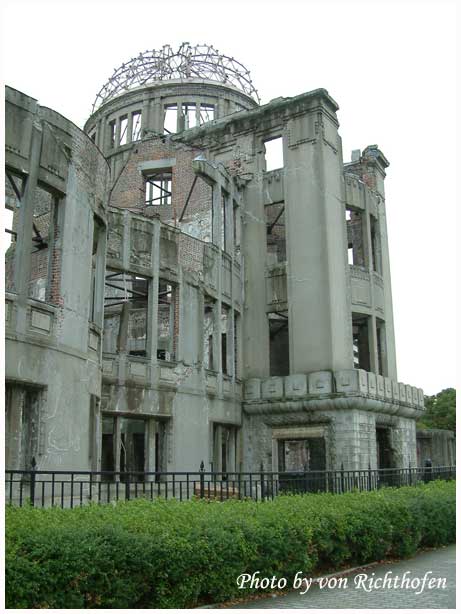


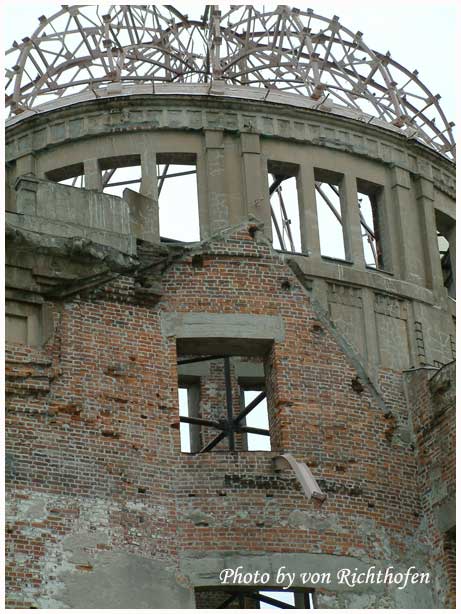
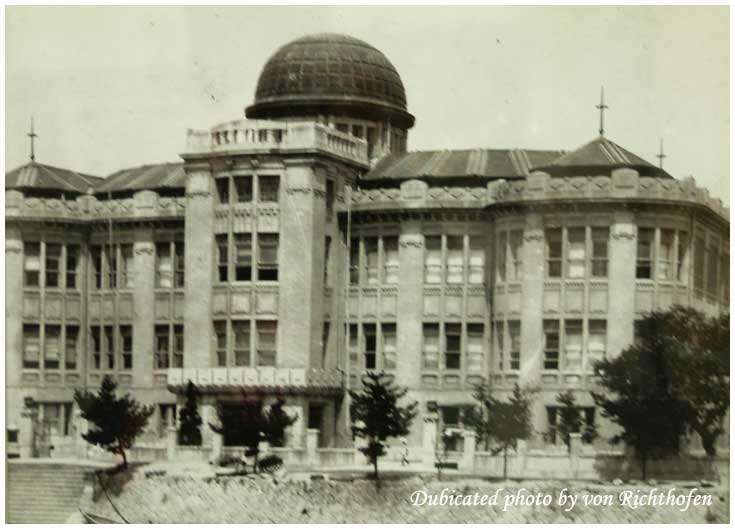
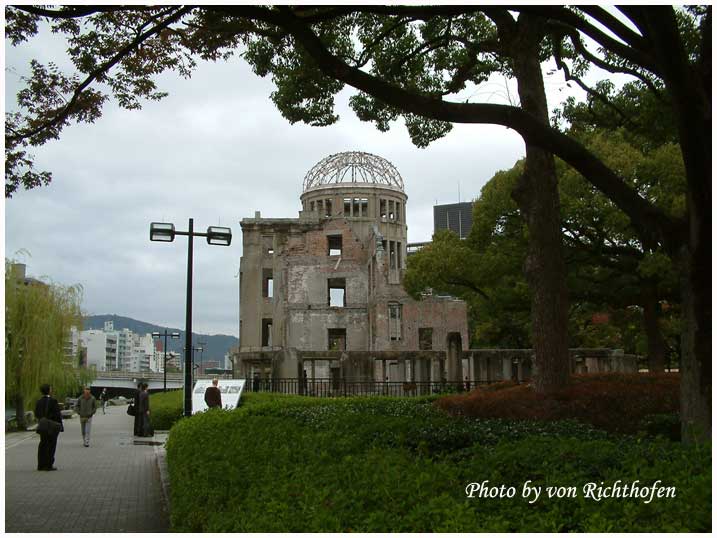

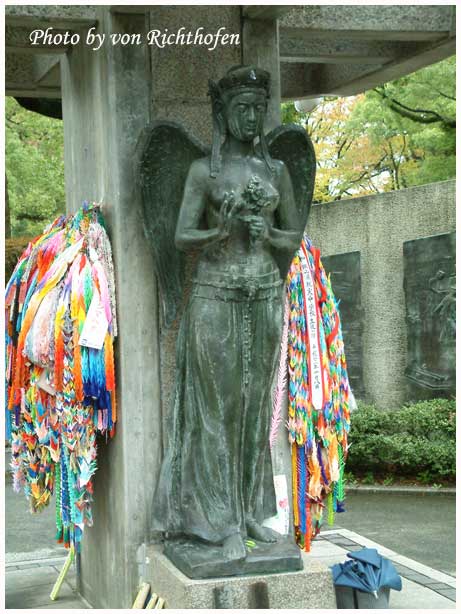
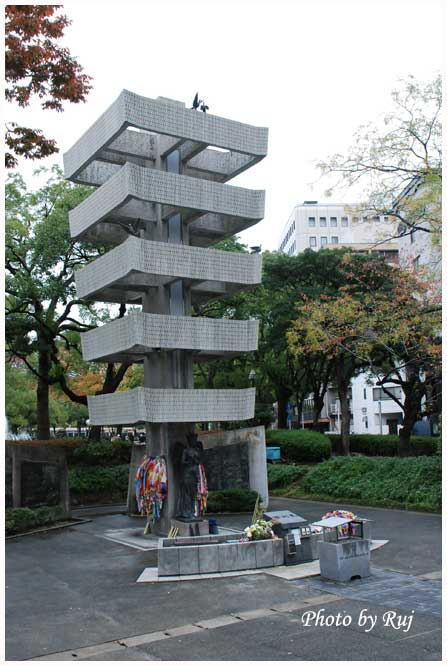

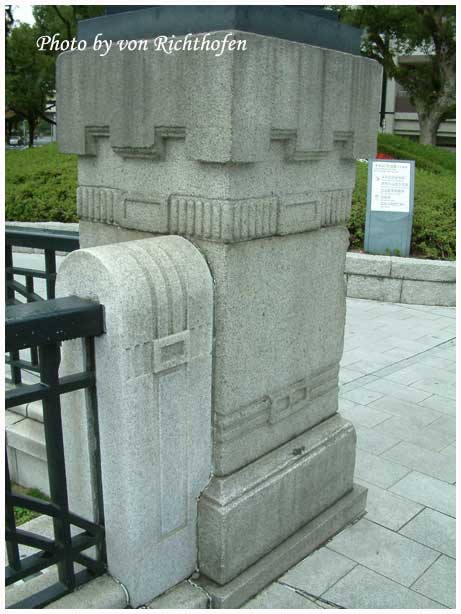

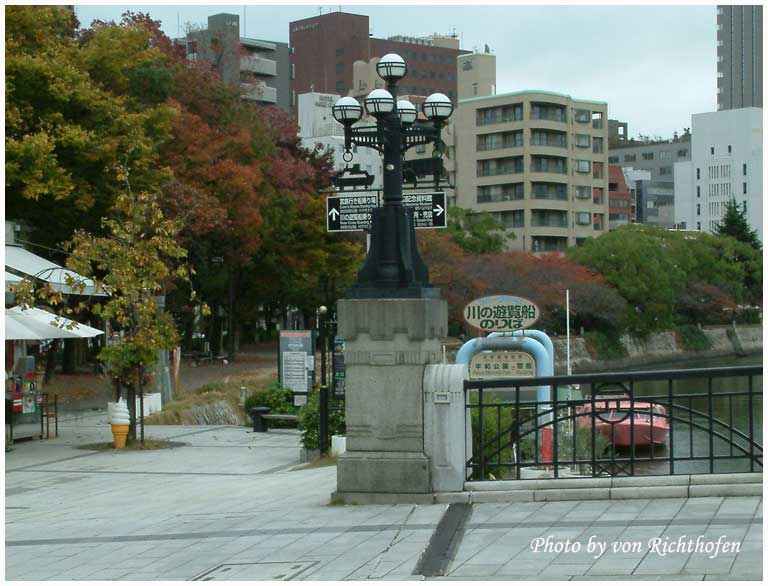

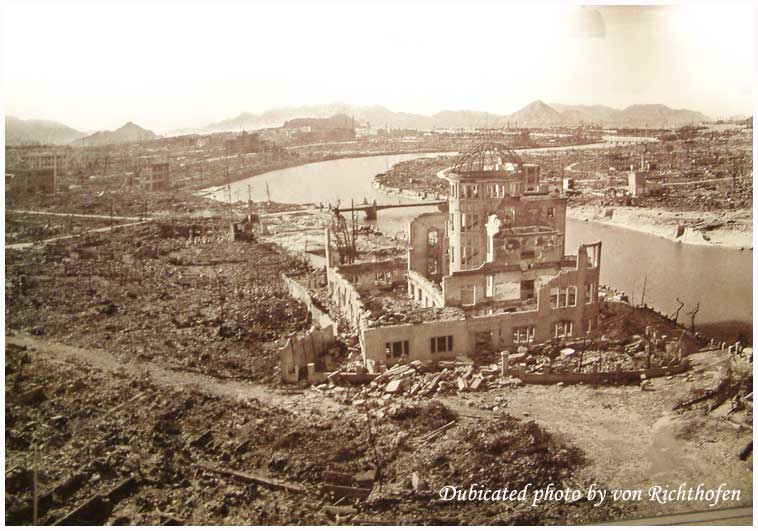





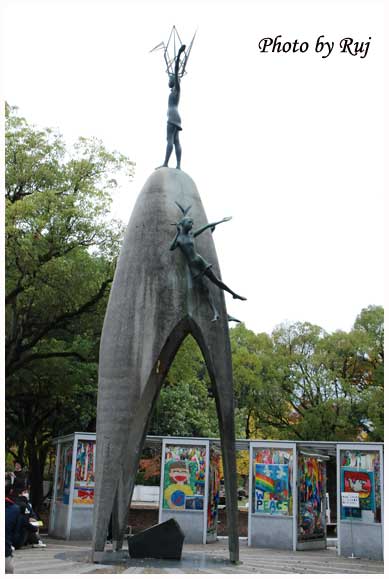



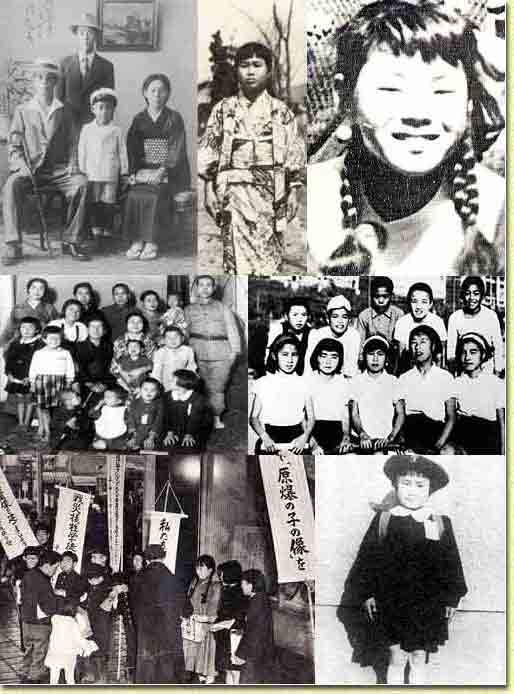
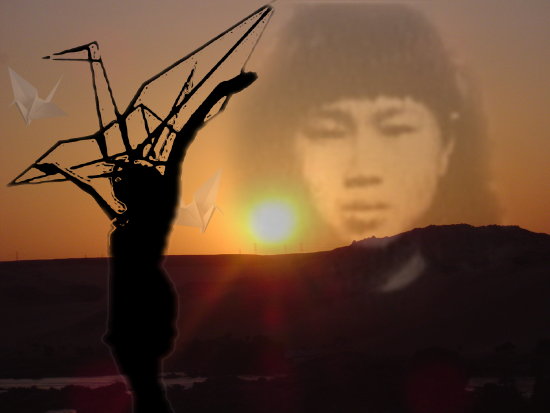
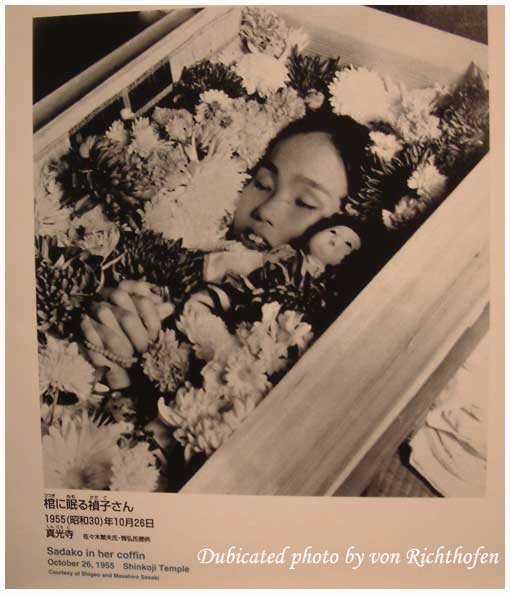



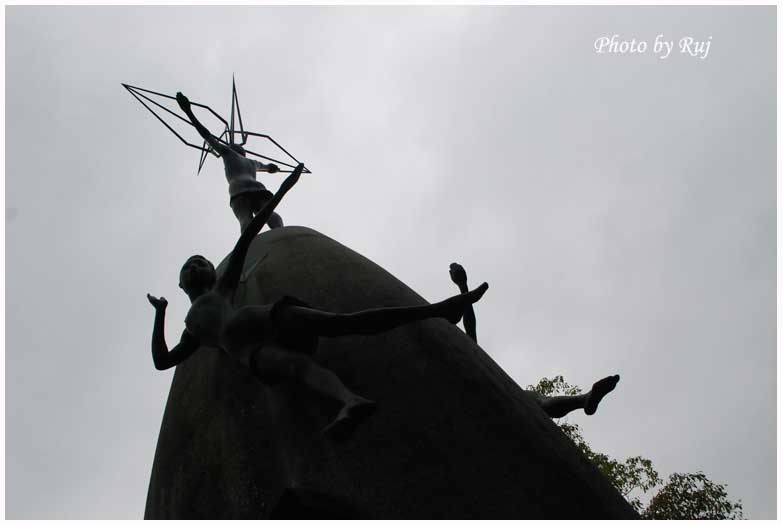

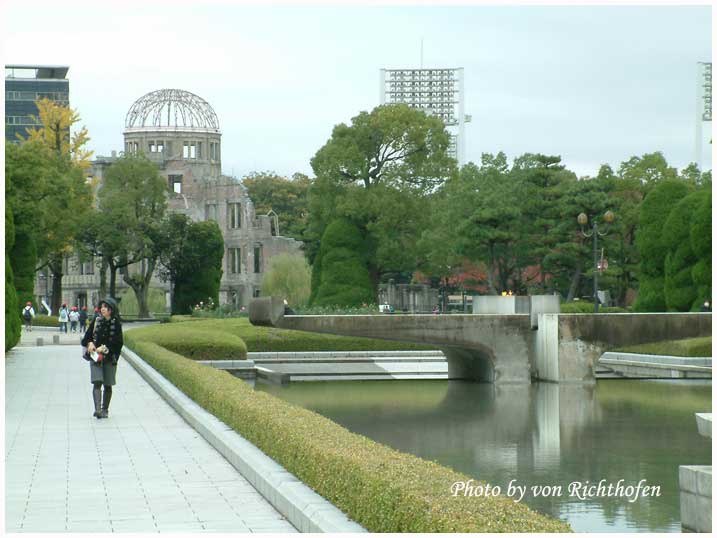

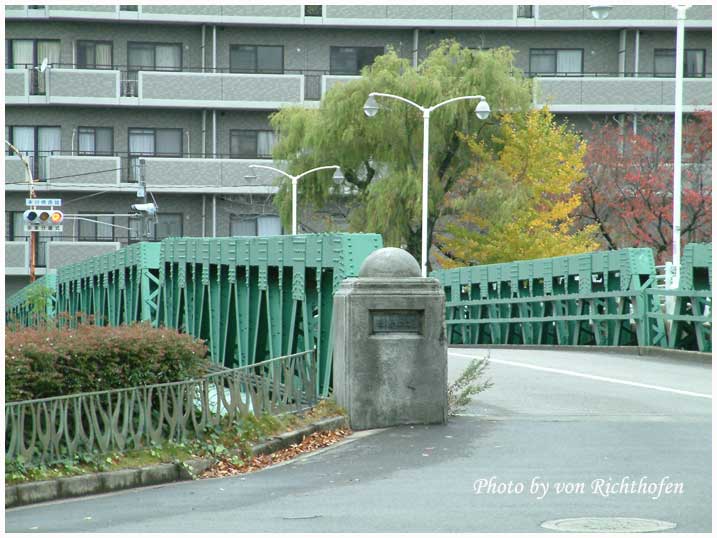


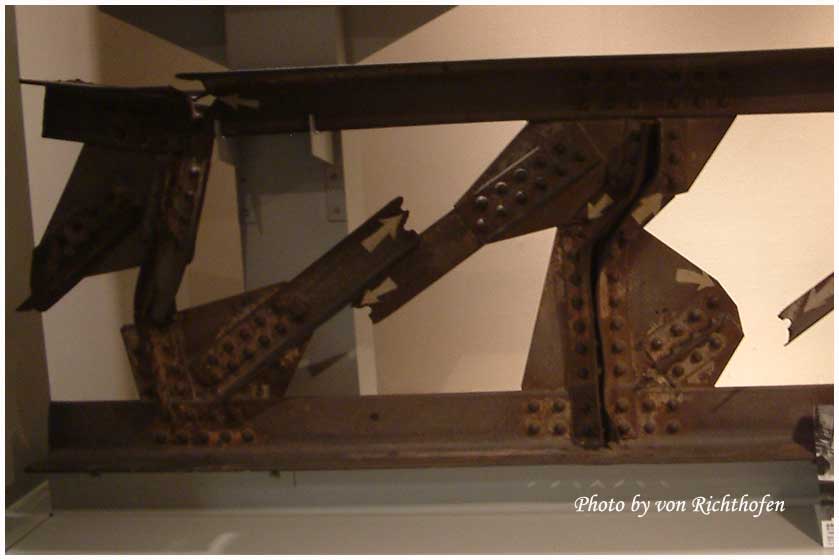

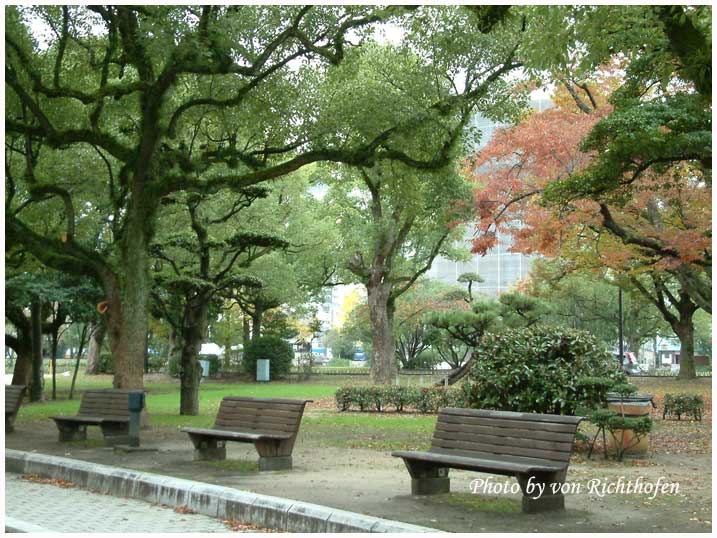

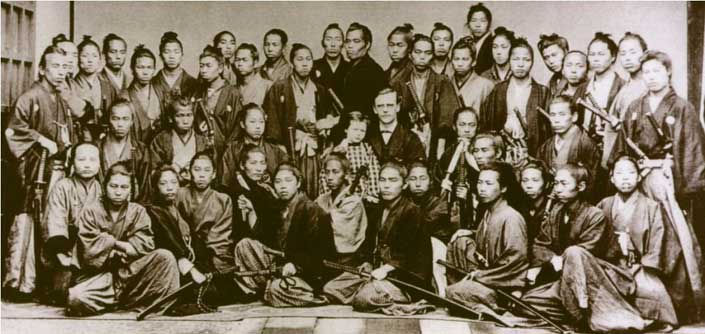
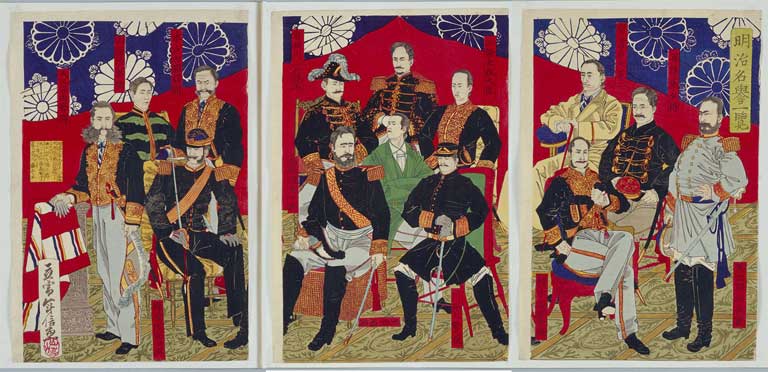




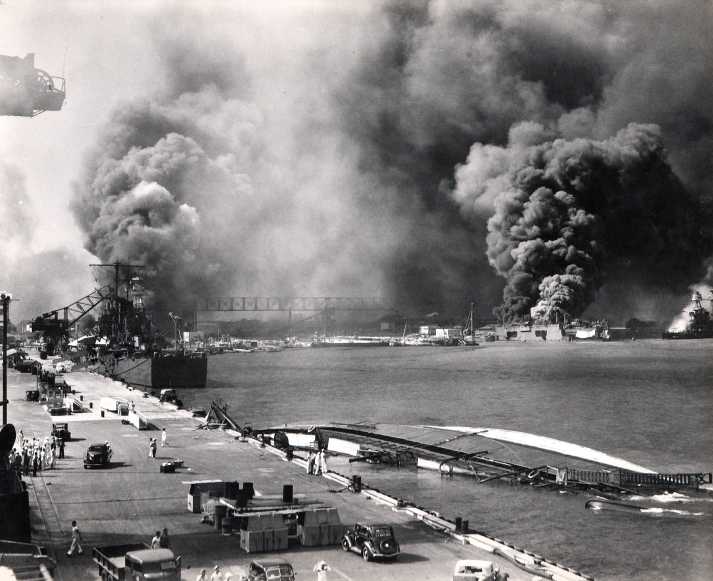
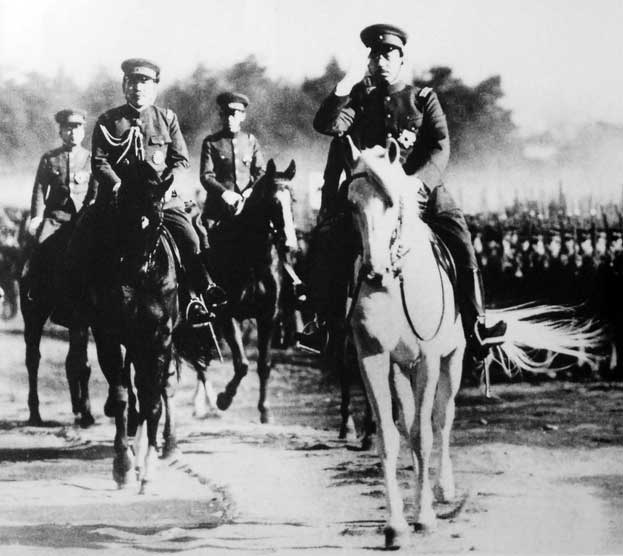


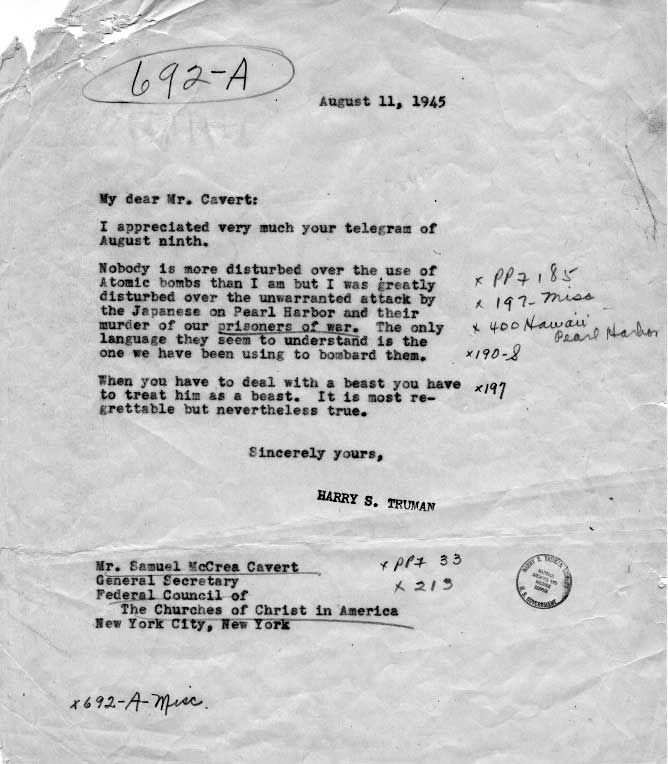

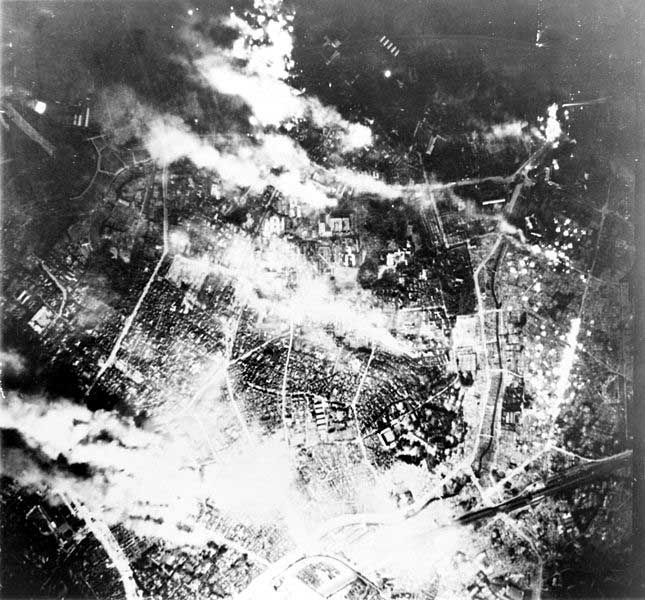


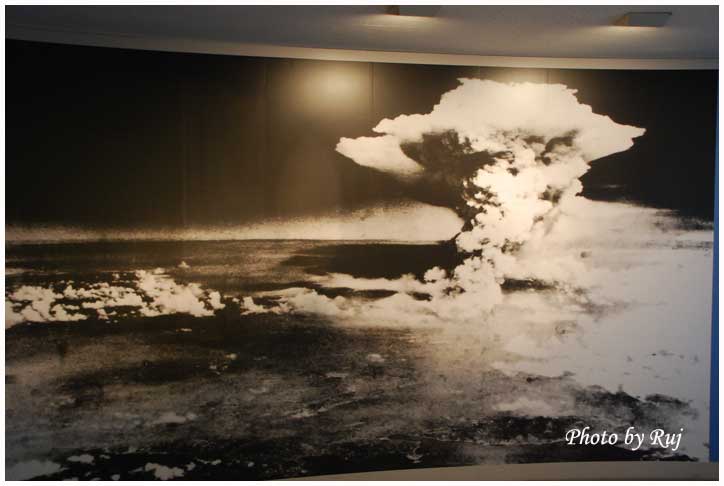

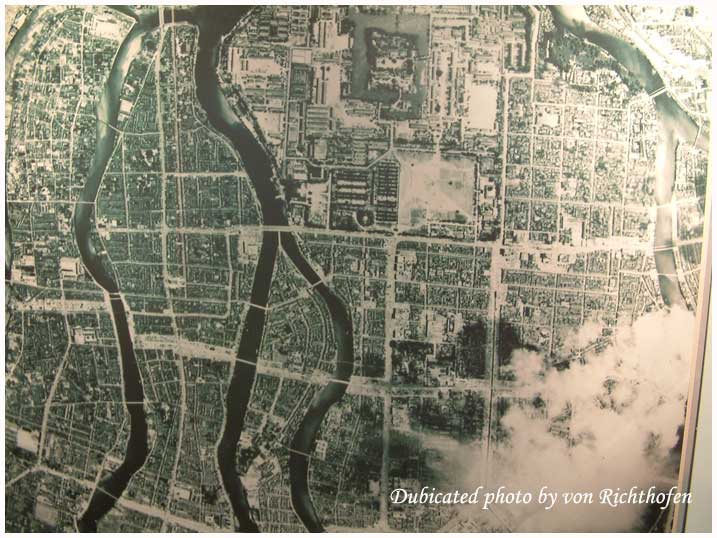

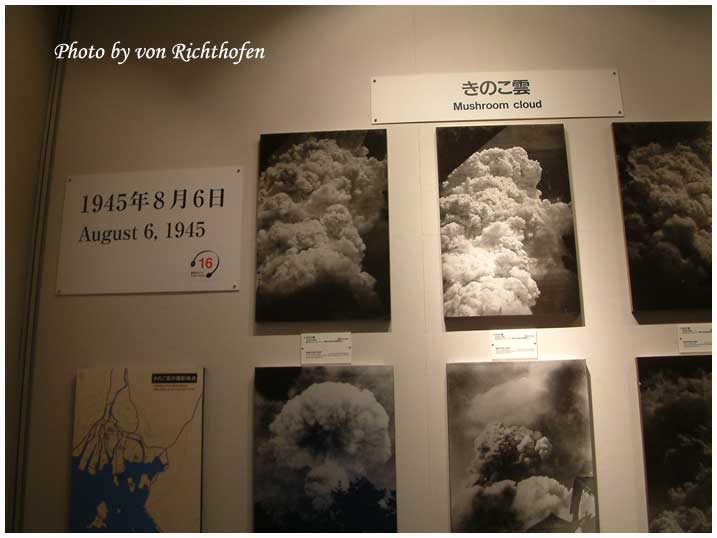



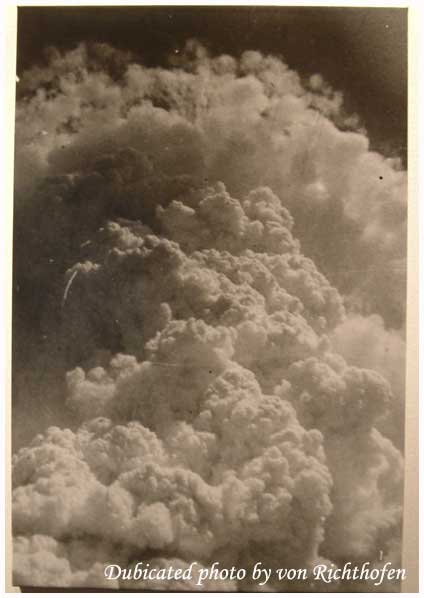
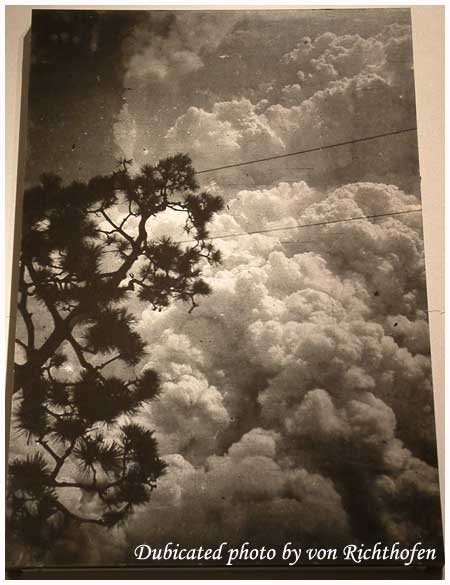




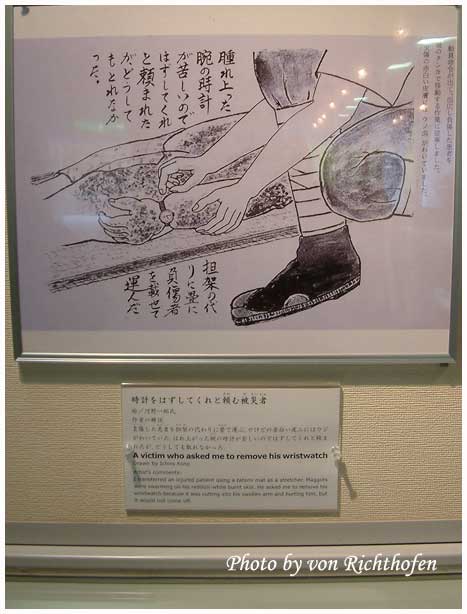




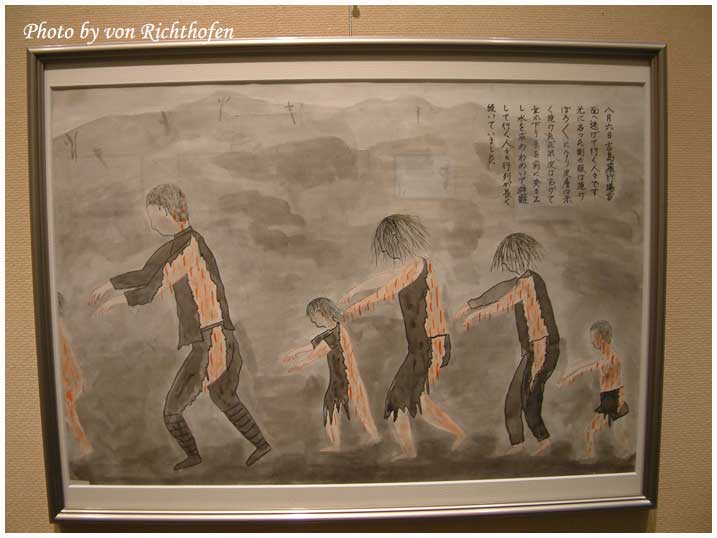
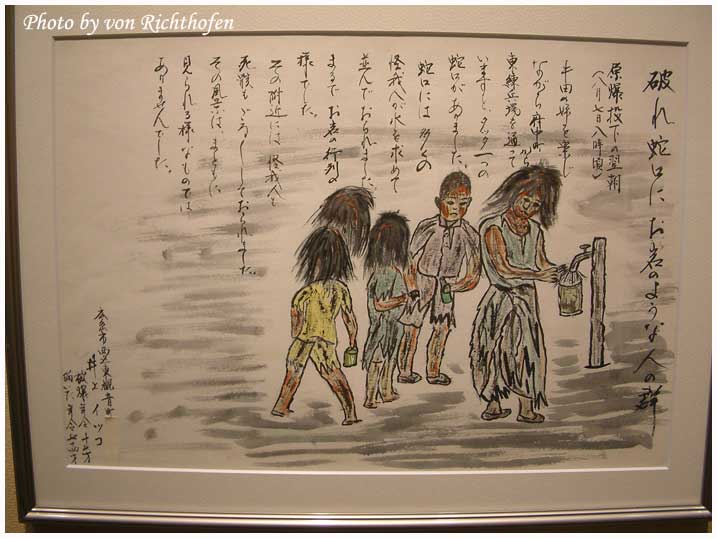
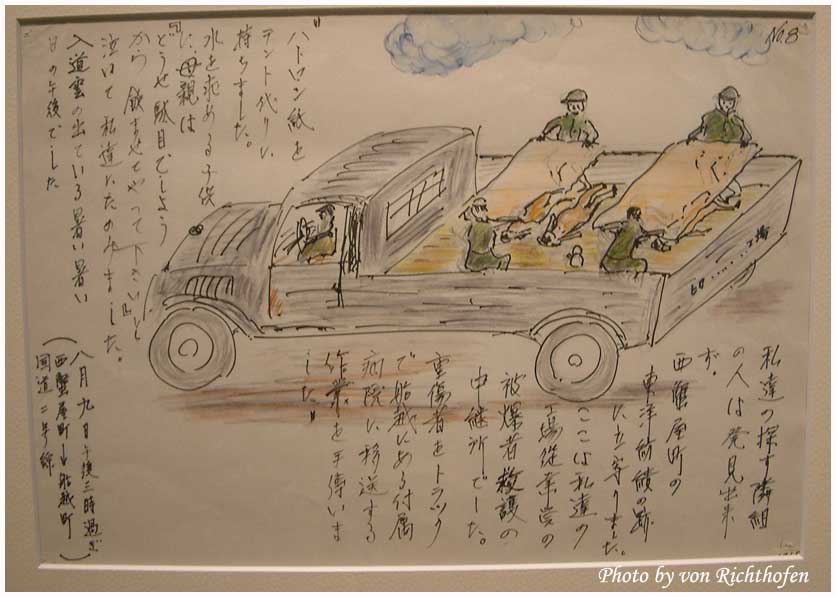
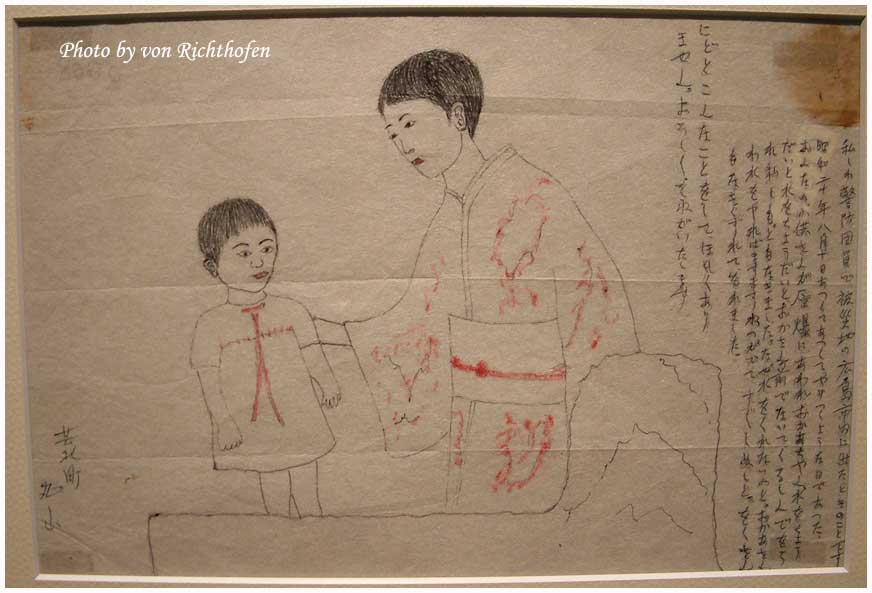
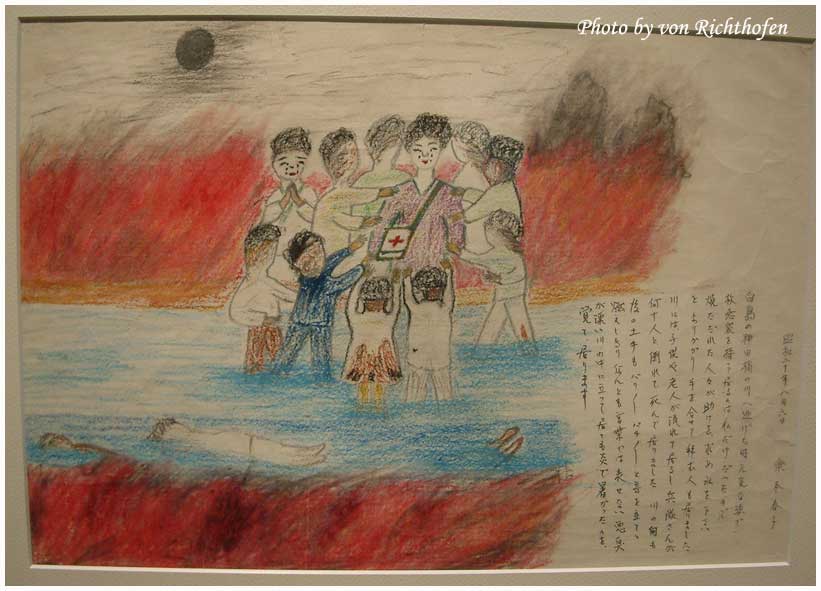






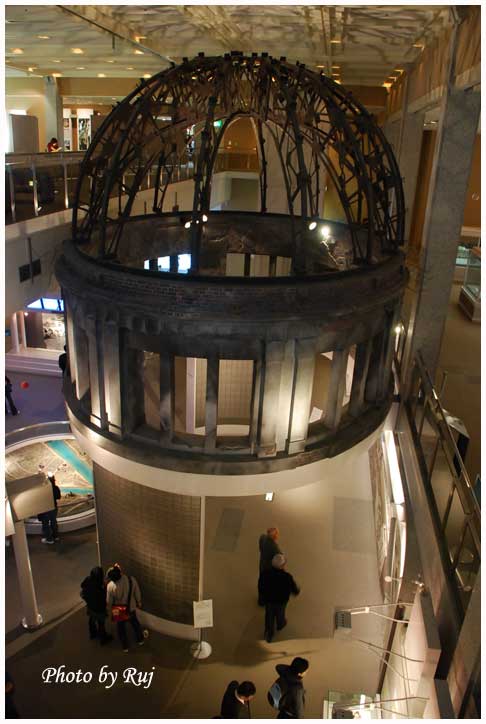
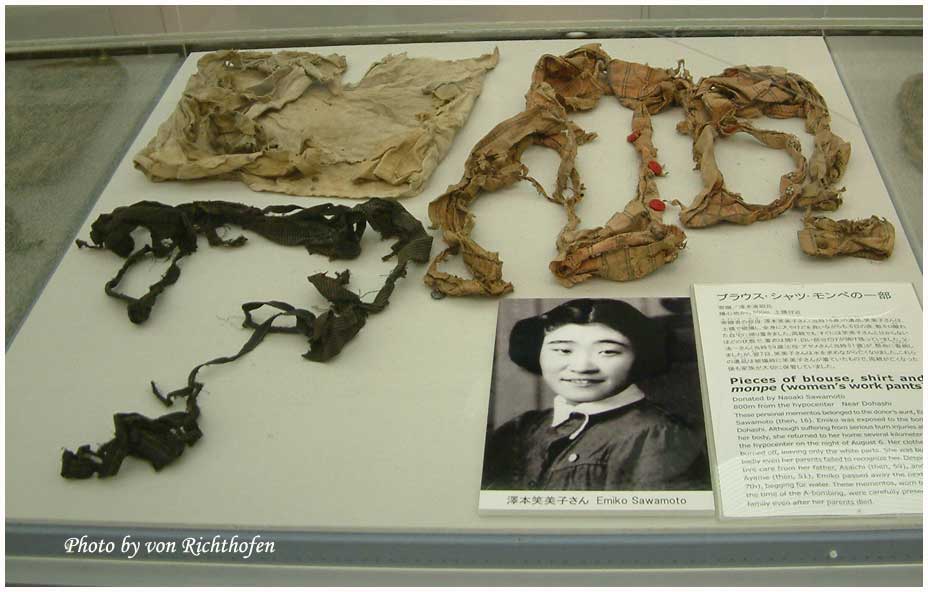

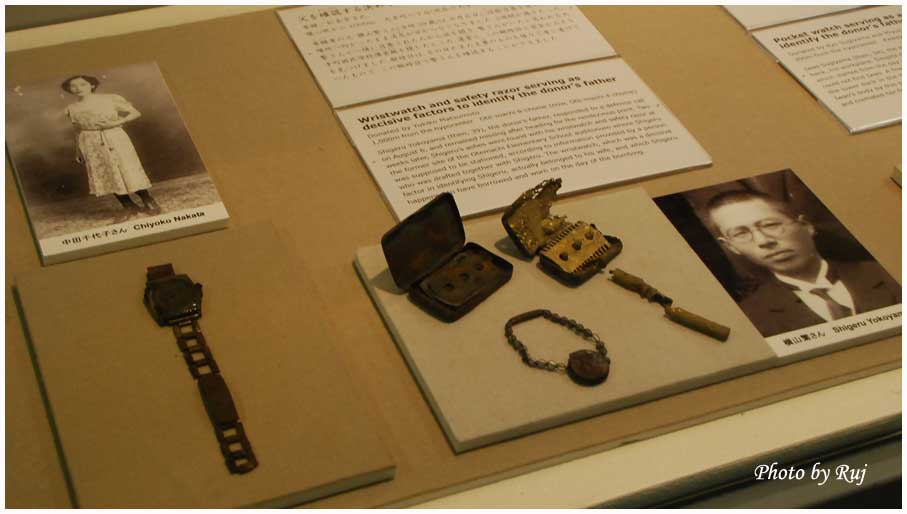



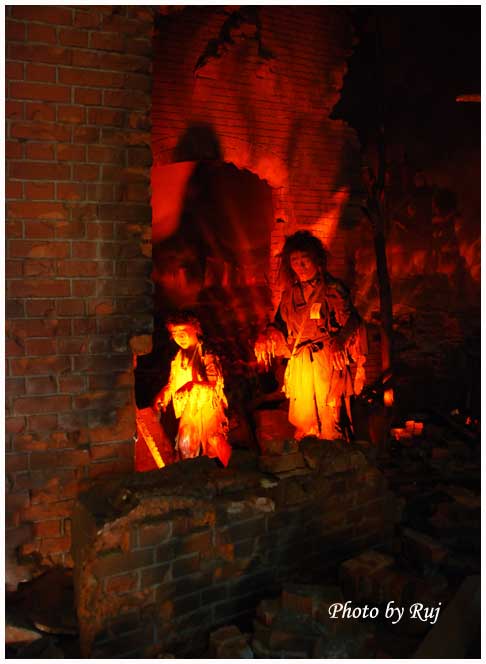
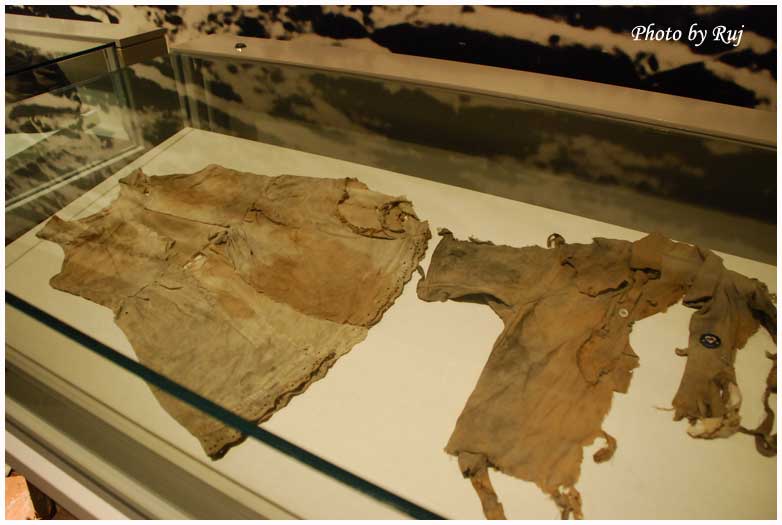


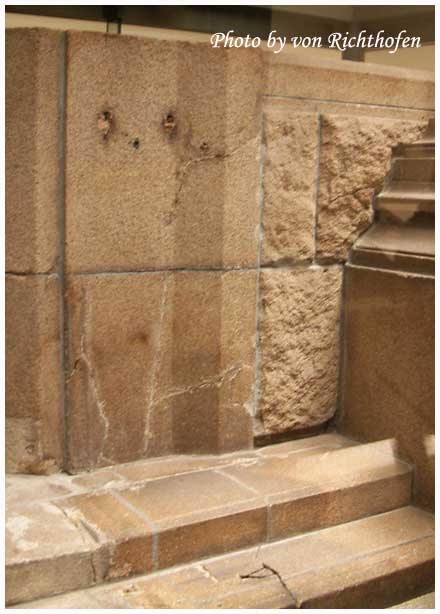
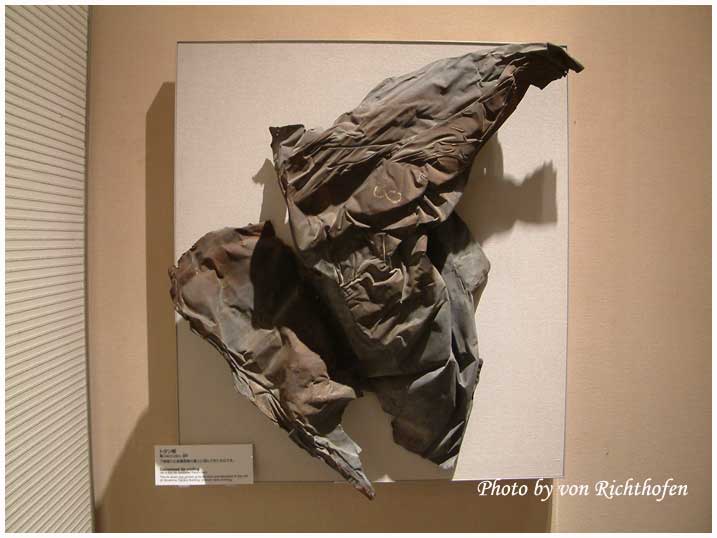


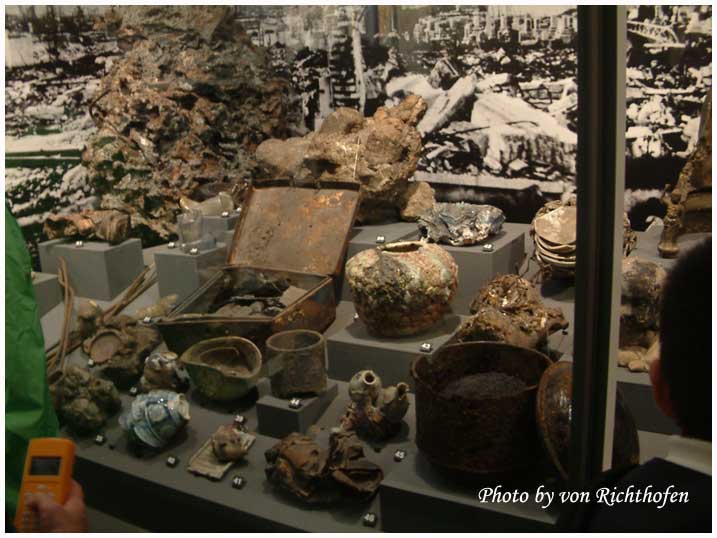
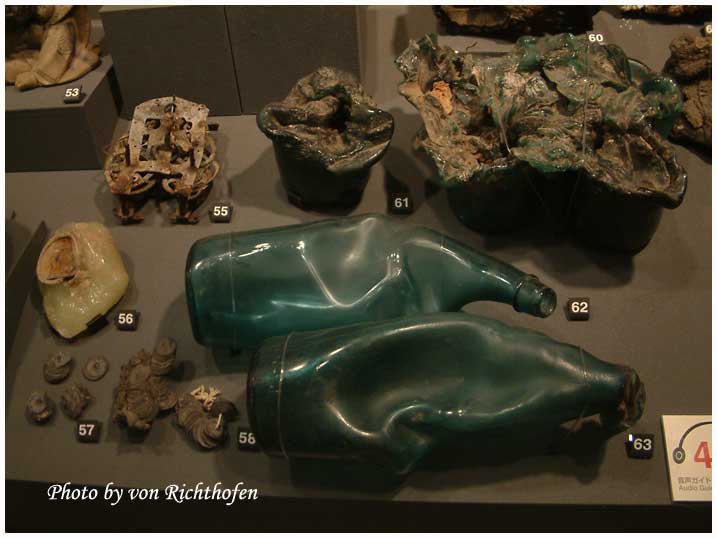

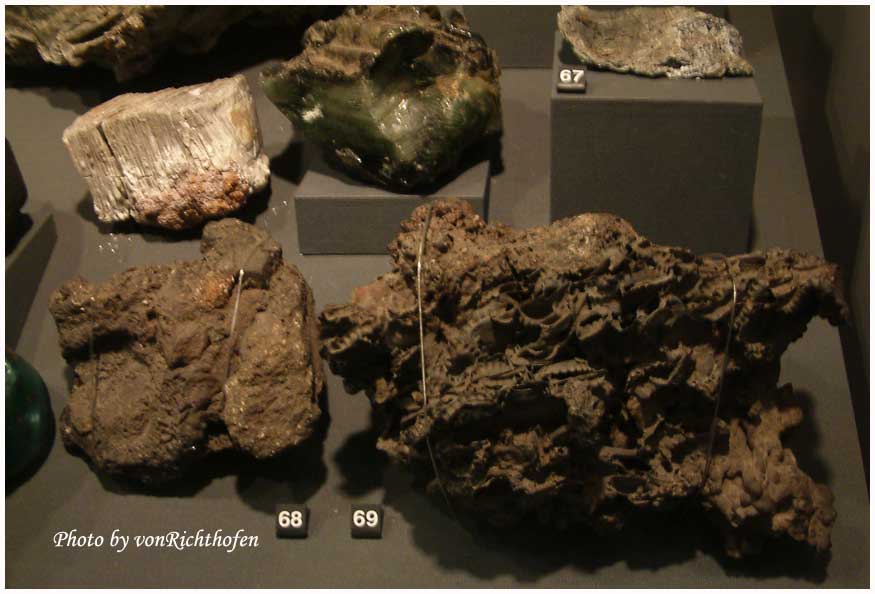


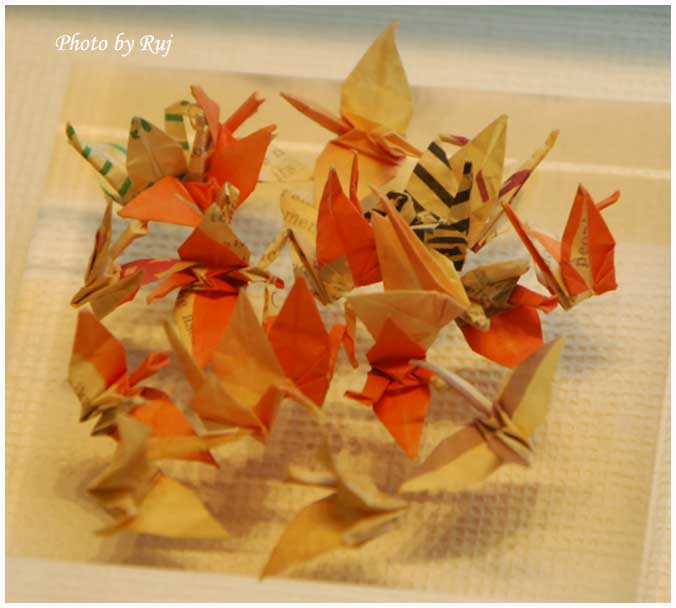
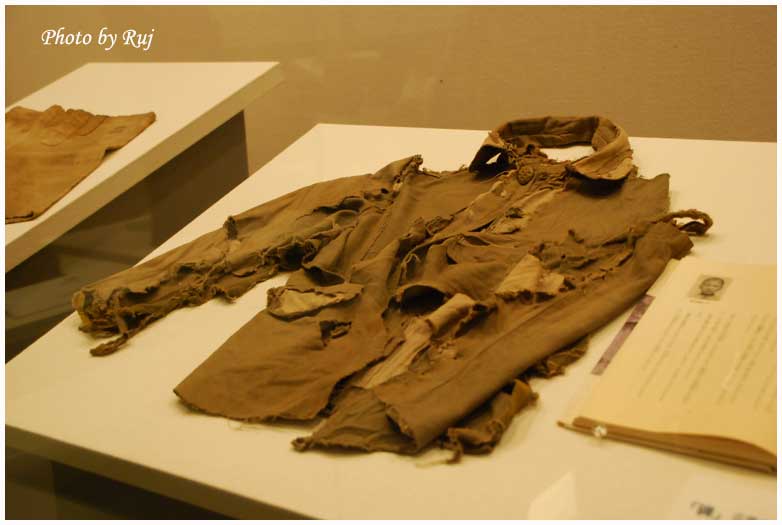
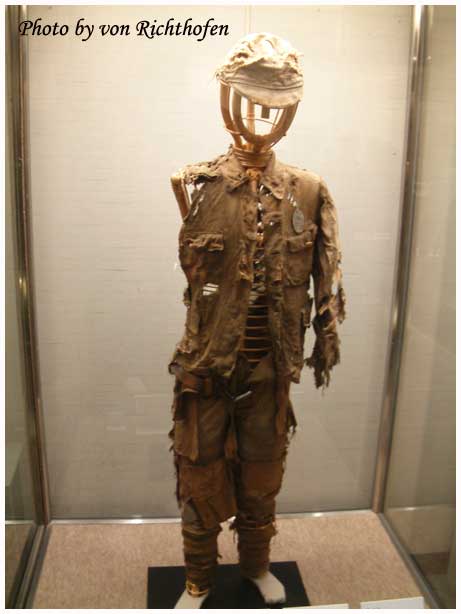
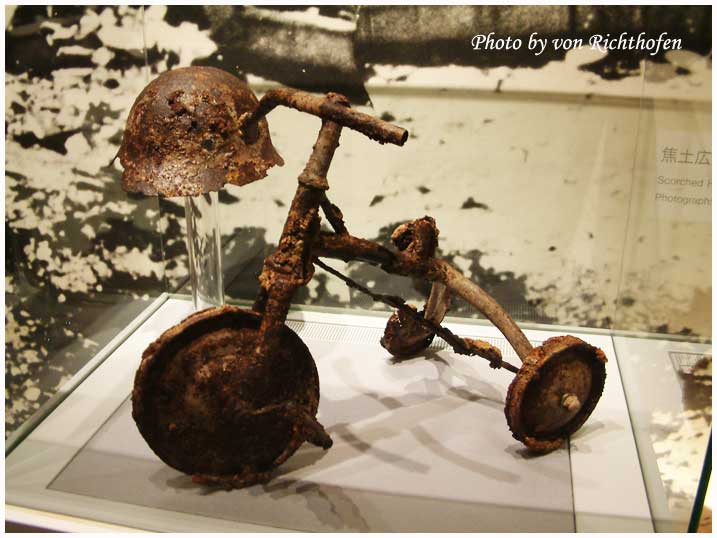



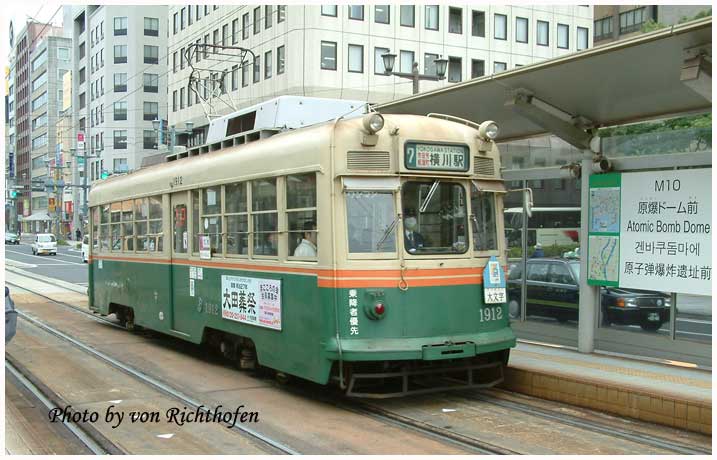

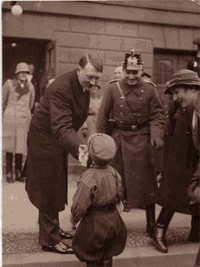


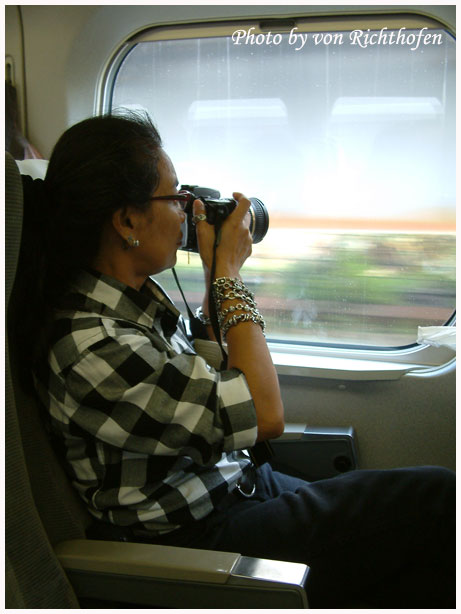








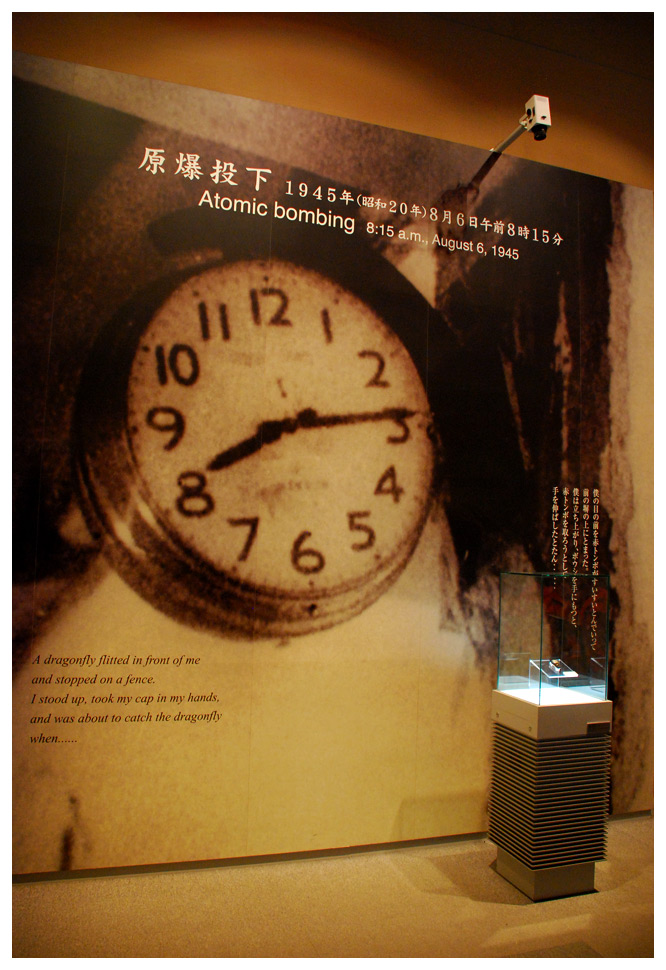
 ... เข้ามาดู
... เข้ามาดู


